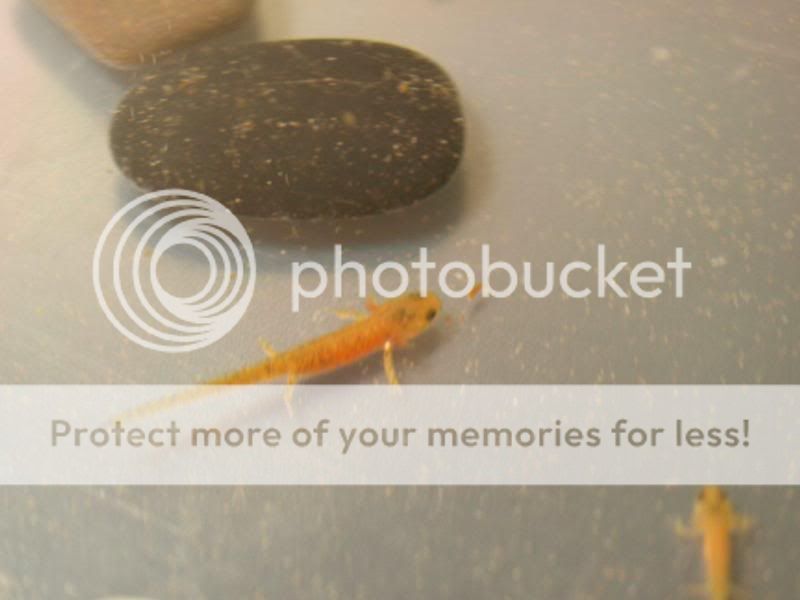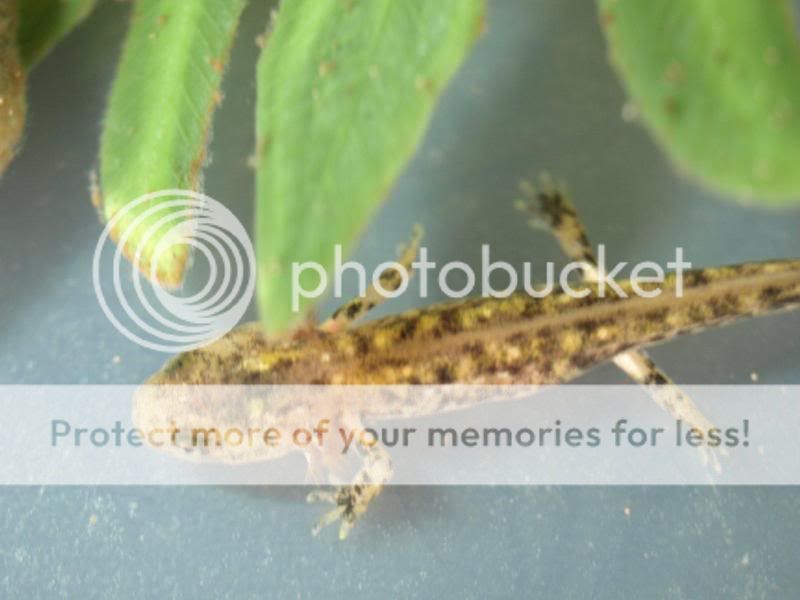callina
New member
- Joined
- Sep 16, 2007
- Messages
- 622
- Reaction score
- 32
- Points
- 0
- Age
- 66
- Location
- Oldenburg (North Sea)
- Country
- Germany
- Display Name
- Tina
Thanks for the pics, Tim. They are so cute! 
But I´m wondering about their color differences.
But I´m wondering about their color differences.






